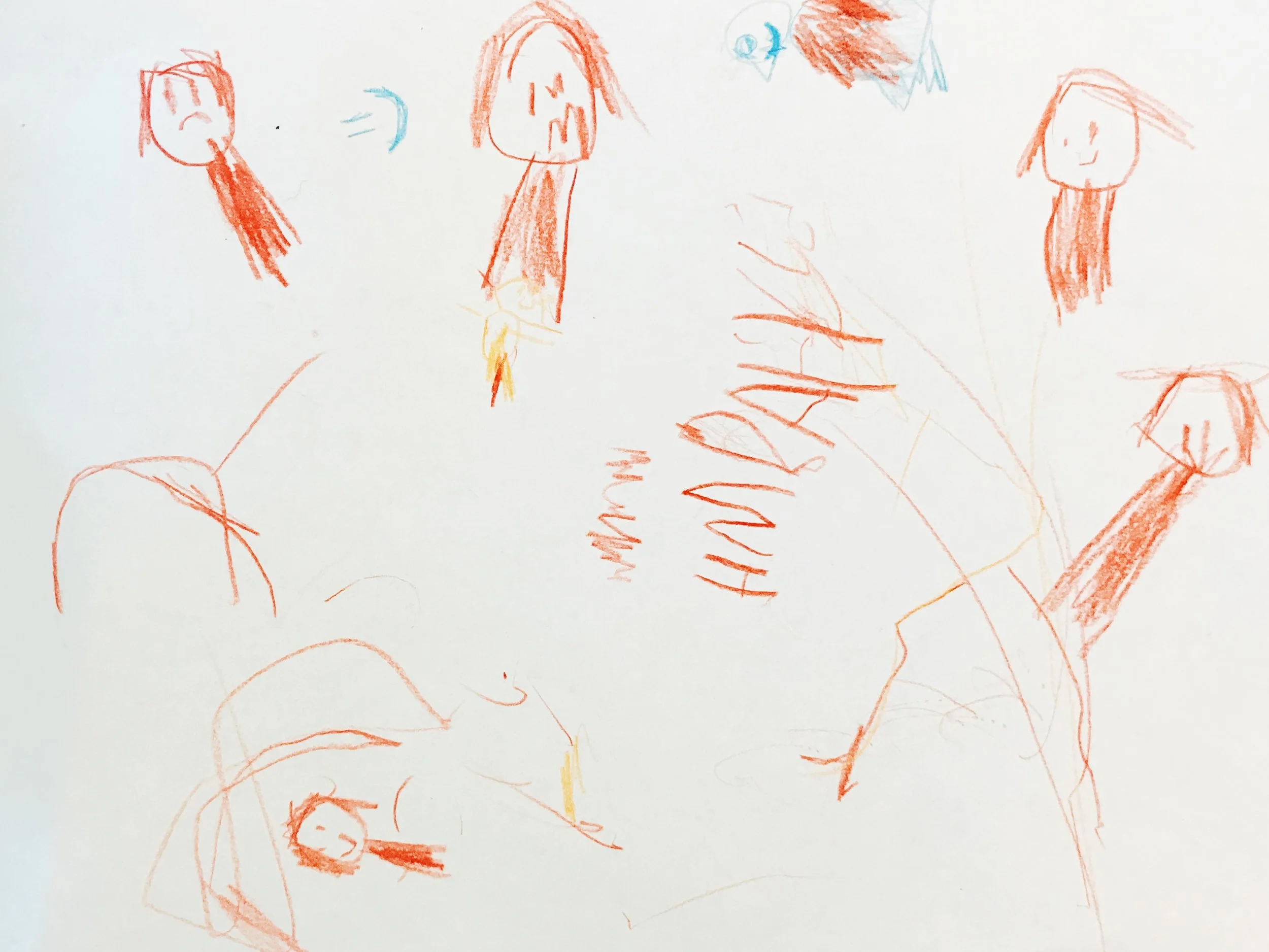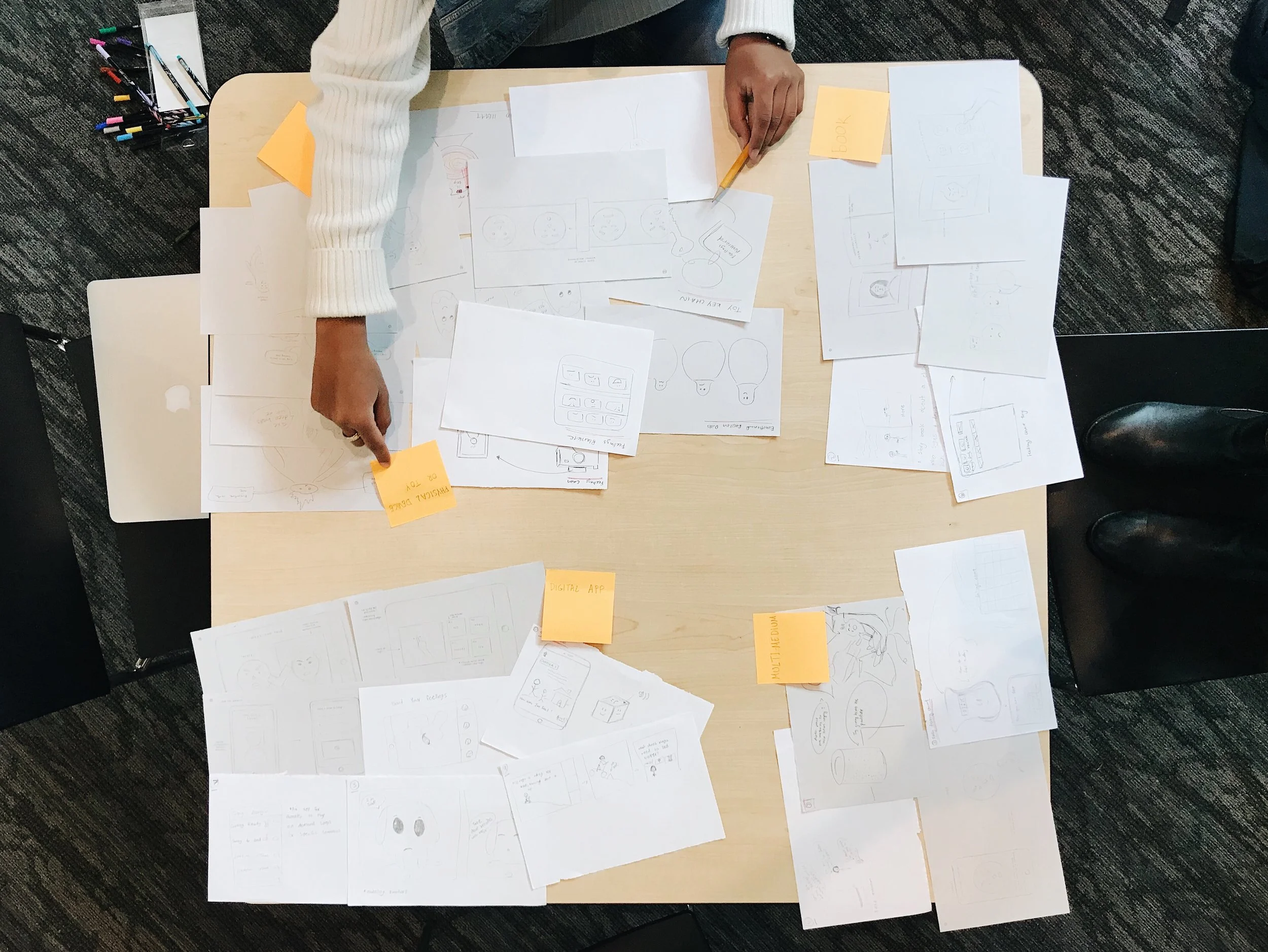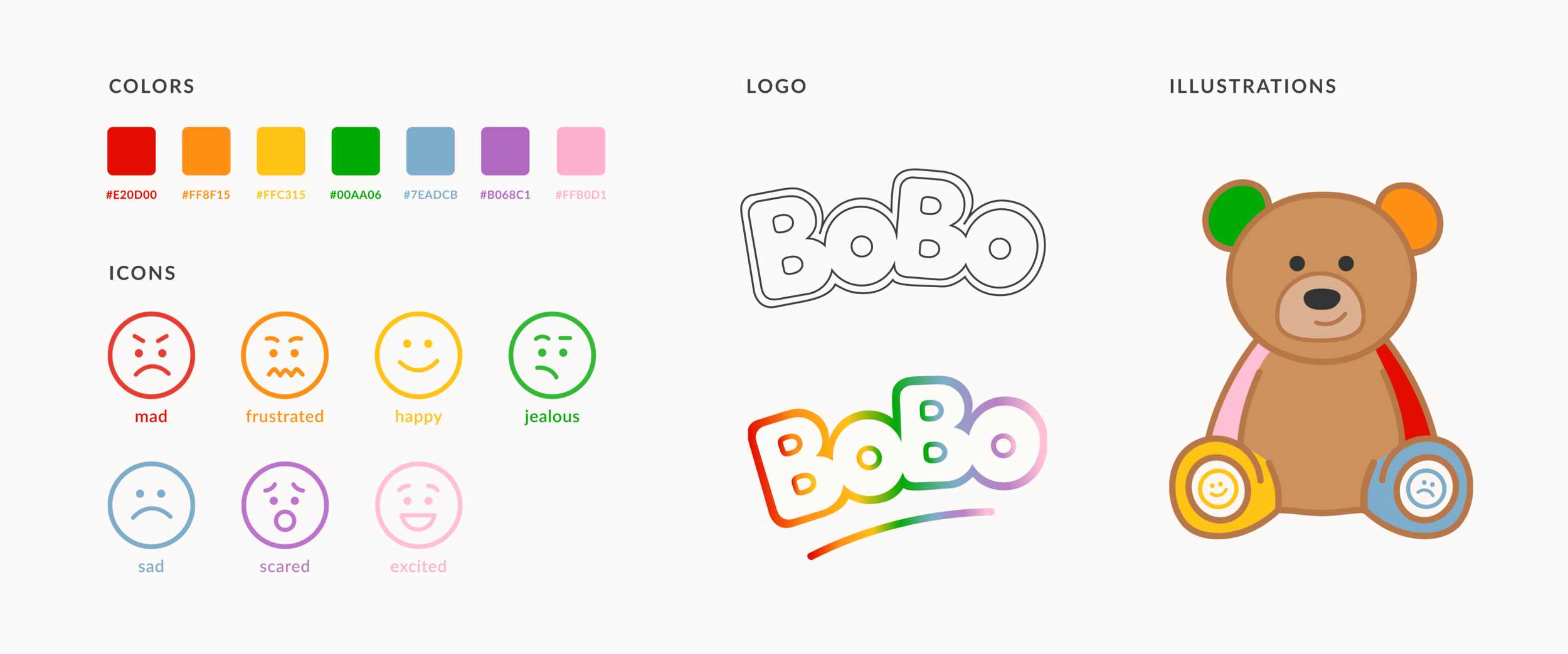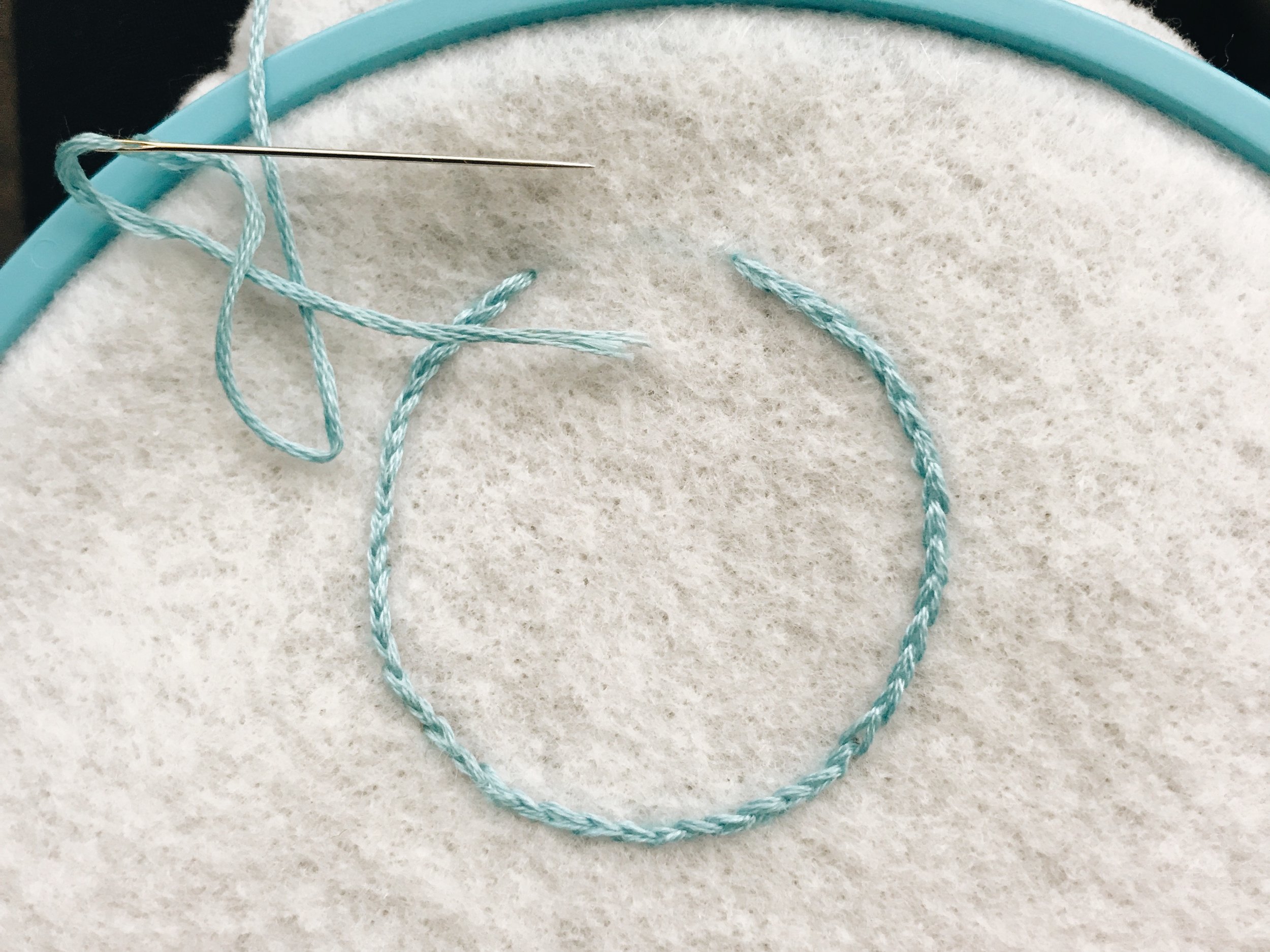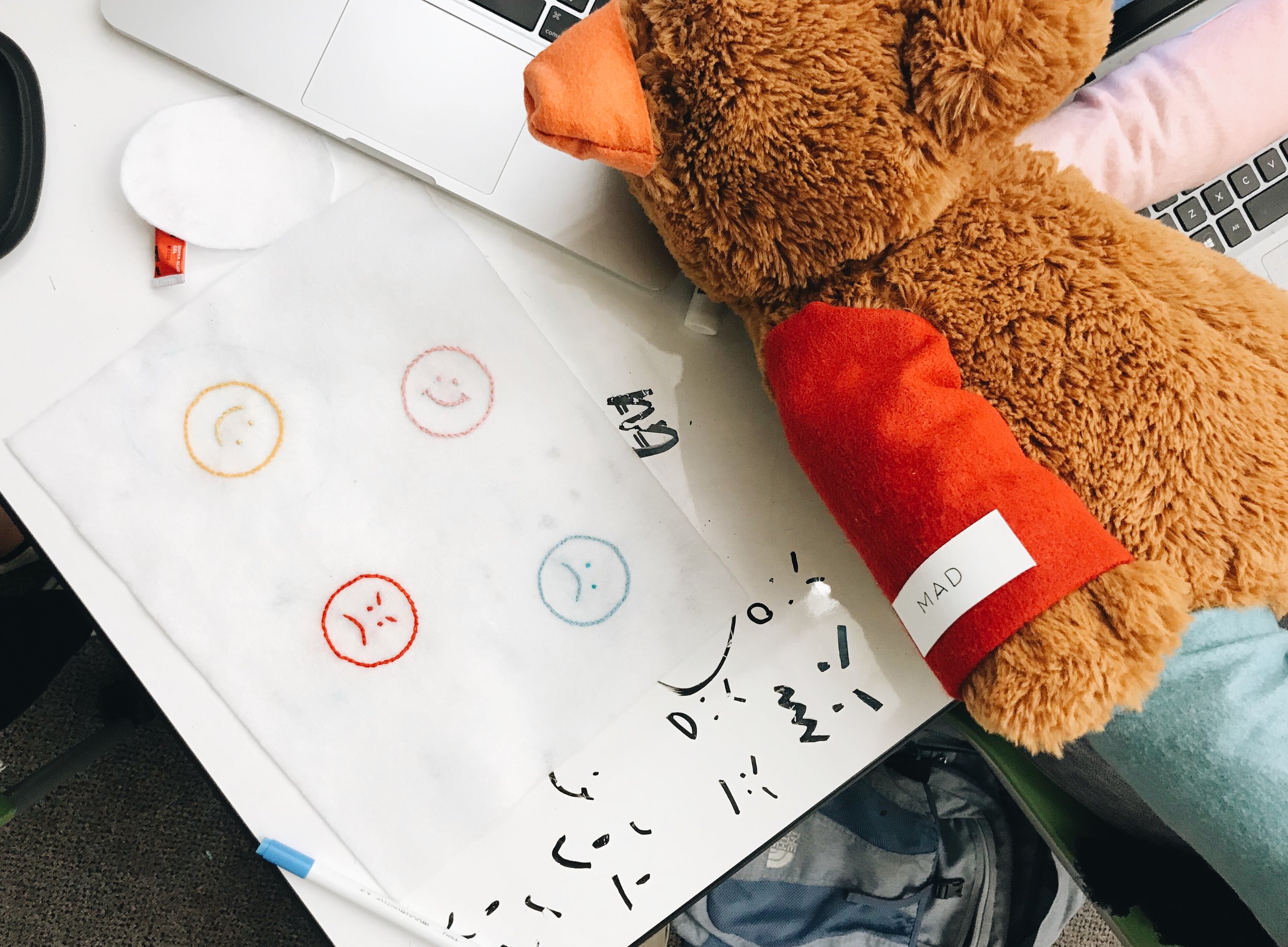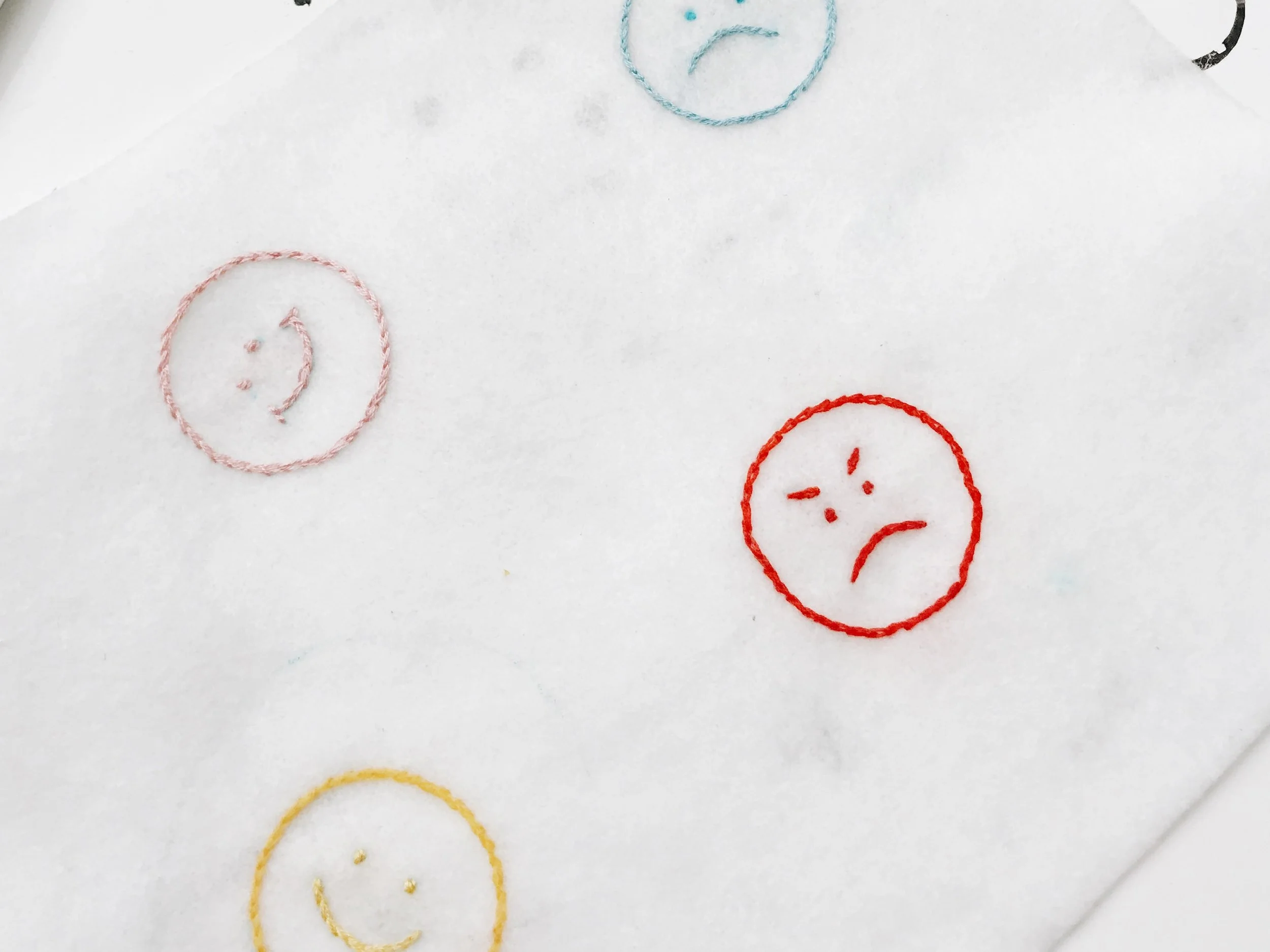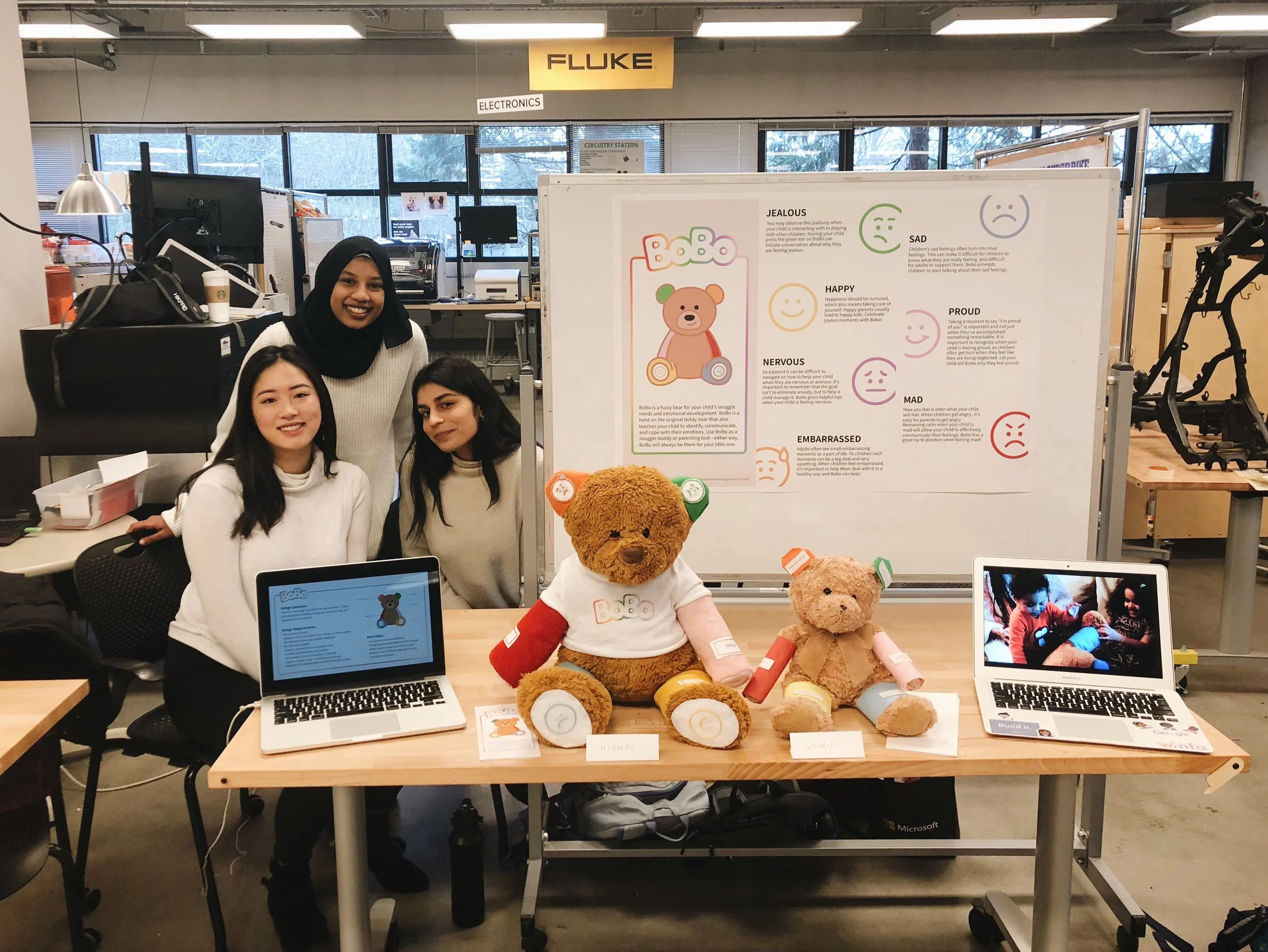BoBo (Pt. 1)
How can we design a product for parents and 0-3 year olds that helps children recognize, communicate, and regulate their emotions?
The Backstory
The first three years of a baby’s life shape the architecture of their brain, promoting lifelong skills like communication, problem solving, and relationship building.
Despite extensive research on the subject, many parents are uninformed about the importance of supporting their child’s emotional development, particularly during this critical stage. While children may learn to recognize emotions from products or the media, these tools often fail to educate children on how to effectively communicate and regulate their emotions. Moreover, many of the tools that offer support in this area involve screens—TV shows, mobiles apps, etc.—thus conflicting with parents’ limits on screen times.
When talking about early brain development, skills like social interaction and language development often overshadow the value of developing emotional intelligence. Moreover, most mental health interventions happen during adolescence or adulthood. Encouraging the acknowledgement of certain feelings at an early age, however, can have lasting effects on an individual’s mental and emotional wellbeing.
To address these issues, we created an interactive, emotion-teaching teddy bear. BoBo uses audio feedback to encourage children to recognize, convey, and cope with seven different emotions.
Conducting Research
We first conducted ethnographic research to better understand early childhood emotion regulation and the current market of relevant products.
By observing three kids in their own home, we learned about the ways in which children interact with toys and technology. Interviewing the parents also allowed us to answer questions related to parent support for emotion regulation and the products they use to foster cognitive development. The domain expert we met also educated us on brain development, as well as the factors that stimulate this growth.
We create a research plan and report to document our salient findings, including:
Modeled emotion regulation helps children navigate their own emotions
Parents limit screen time for their young children
A four-year-old’s interpretation of different emotions, from our home visit
Design Requirements
From our user research, we derived eight design requirements, indicating that our solution should:
Support child and parent non-verbal communication
Be interactive and give feedback (through physical functions and audible features)
Be safe and durable
Support parents’ limits on screen time
Include a representation/visualization of regulating emotions - through modeling, images, icons etc.
Be portable to use in a variety of settings
Support a wide range of emotions/scenarios (ex: going to the doctor, sharing toys, etc.)
Support child attachment to parent through play
Ideating a Solution
With our design requirements in mind, we ideated potential design solutions. I first applied divergent thinking by sketching ten completely unique design ideas. My concepts ranged from physical products (toys and books) to digital interfaces (mobile applications).
Our team then created an affinity diagram of our thirty total sketches, allowing us to identify recurring themes among our ideas (pictured here). After analyzing how well each concept met our design requirements, we isolated the three to refine as our most promising.
Of these three—an interactive emotion book, a sign language learning application, and an emotion-teaching teddy bear—the toy met the most design requirements (i.e. no screen, safe, portable, etc.). Thus, the idea for BoBo took off.
Low Fidelity Prototype
Our initial prototype focused on translating the idea from a sketch to a physical form. At this stage, we were more concerned with the bear’s functionality than its look and finish.
Different body parts—the arms, legs, and ears—highlight six different emotions: happy, sad, mad, jealous, embarrassed, and nervous. While the larger limbs represent more common emotions—happy and sad—the smaller body parts depict more novel, nuanced feelings.
We used construction paper to create the impression of colored limbs. Each hue intentionally correlates to the emotion it symbolizes. For example, red is tied to anger, while green represents jealousy.
To demonstrate the bear’s interactivity, we played a unique pre-recorded audio phrase based on what body part was pressed. For instance, squeezing the blue limb elicited the words “You’re feeling sad, let’s talk about it.”
First Round Feedback
After presenting our low-fidelity prototype, we received the following valuable feedback:
Only one positive emotion (happy) is represented.
With an overwhelming amount of negative emotions, BoBo may only be associated with these negative feelings, drowning out more positive ones. Thus, we opted to add ‘proud’ to one arm, while moving ‘nervous’ to the tail.
The pitch of the recordings could be increased.
This alternative would more closely match the cute and child-friendly persona of BoBo.
Parents may not regularly use an accompanying parent tool app.
If we were to explore the idea of a parenting support tool, we should utilize a pamphlet instead.
Crafting a Brand
I was responsible for creating the logo and iconography for our parenting pamphlet.
To ensure cohesion between the teddy and pamphlet, I chose hues that closely matched BoBo’s colored fabrics. Moreover, I centered my design theme around rounded edges and a cartoon-like essence, to illustrate BoBo’s child-friendly character.
When making the emoticons, I referenced the different expressions kids had drawn during our home visit and interviews. After all, the aim is for children to recognize what emotion is indicated by certain expressions.
Needless to say, designing for kids allowed me to step outside of my comfort zone and explore color in a new and rewarding way.
Parent pamphlet
The pamphlet is a parenting tool that offers strategies for helping children navigate through different emotions. After all, BoBo is not meant to replace parental emotional support; instead, he is meant to initiate conversation between the parent and child about identifying, communicating, and regulating emotions. Additionally, BoBo serves to educate parents about the importance of nurturing emotional growth during this crucial age range. This tri-fold pamphlet was design my a team member and me in Figma.
Refining our Prototype
For our refined prototype, we needed a teddy that was larger than our first, since the limbs had to fit audio inserts. Moreover, we wanted Bobo to be soft and, of course, huggable. We found a bear that checked every box, due to its plush material and perfect size.
Once we found our bear, we sewed pre-recorded audio inserts into the four largest limbs. I then cut and sewed visually-pleasing colored felt onto the seven body parts, each a unique color. Next, after learning a new skill, I embroidered emoticons onto the tips of each body part, using thread that matched the color of the corresponding limb. These emoticons would allow us to model each emotion, thereby facilitating emotion recognition through a strategy introduced to us during our domain expert interview.
Meet BoBo, the emotion-teaching teddy bear.
With a working version created, we sought to understand how BoBo would be received amongst our target age range. So, we conducted an informal usability test with twin one-year-olds and their four-year-old sibling; meanwhile, we interviewed their parents to gauge interest in our product.
Overall, we found that the twins seemed to enjoy the snuggliness of the bear, as they continuously gave BoBo hugs. We also observed their eyes widen and ears perk up when BoBo first elicited sound. Upon receiving BoBo, their four-year-old sibling promptly squeezed the bear’s limbs; once she realized the feedback that was associated with this interaction, she regularly pressed the various parts of BoBo. Her enthusiasm reinforced a finding from our user research: many young children enjoy toys that provide audio feedback. Moreover, while pointing at the angry emoticon, we asked “Can you make this face?” — in response, she scrunched up her eyebrows and immediately frowned. Thus, the value of modeling emotions was already at work.
During our parent interview, we sought to uncover parents’ thoughts about the value of both BoBo and the accompanying pamphlet. The mother was “really impressed” with the toy, and stated that she could see herself using BoBo to encourage conversation about emotions with her children. She also noted how cuddly and soft the animal is, as well as how the convenient size of the bear would allow for it to be enjoyed in various settings.
The parents also suggested following improvements:
Include more general tips about children’s emotional development to the pamphlet, particularly to support first-time parents
Incorporate more musical jingles, as their children have an palpable affinity for them
Enable parents to customize the scripted audio as their children grow
Final Exhibit
In mid-December, we presented BoBo at the “Designing for Children” Final Exhibit. There, we had the privilege of sharing our prototype with members of the UW community. We were also able to connect with and receive feedback from educators, entrepreneurs, and designers.
Our project won both the “Top Three” and “Popular Vote” awards.

